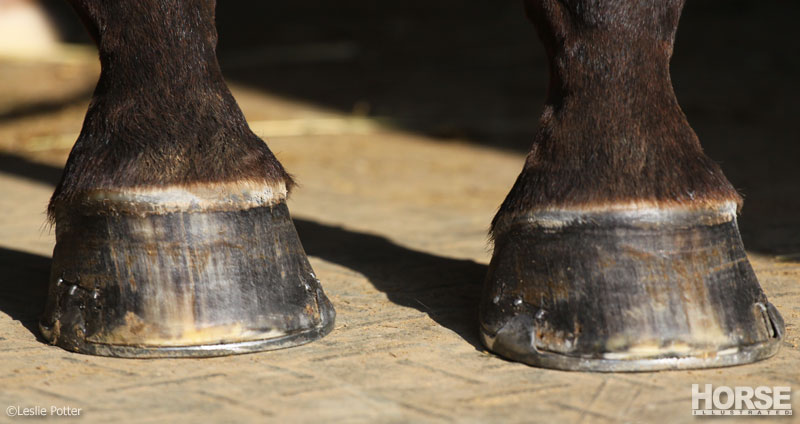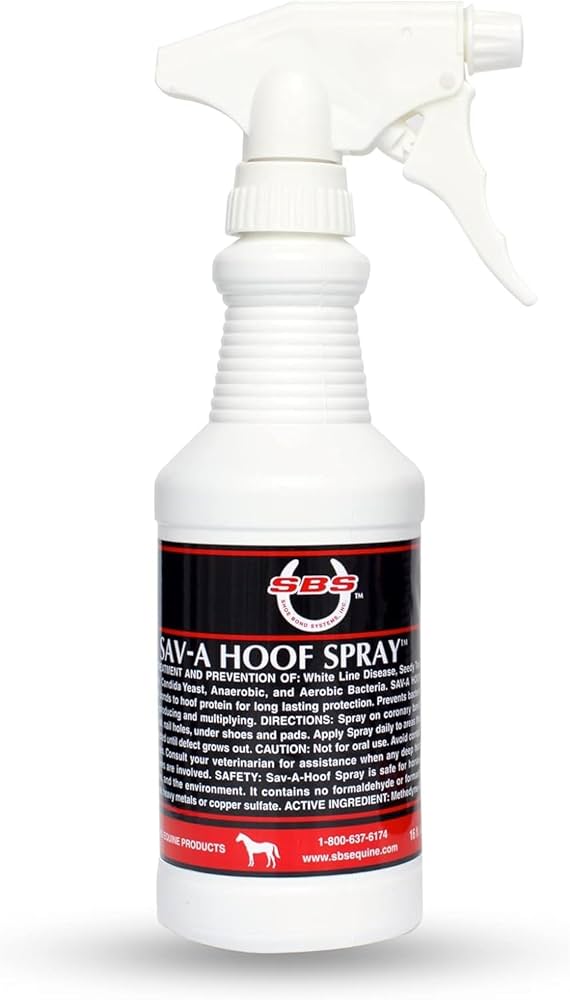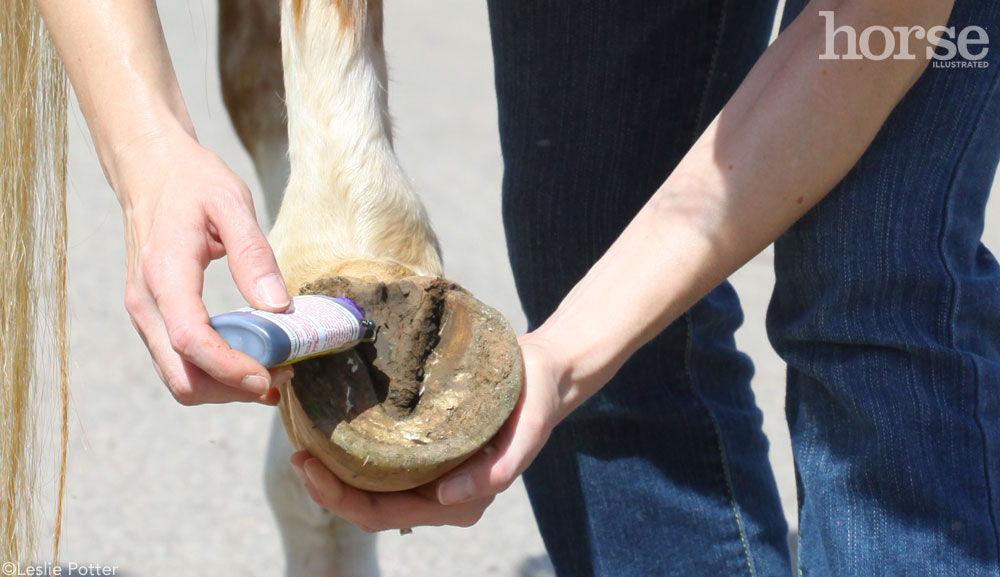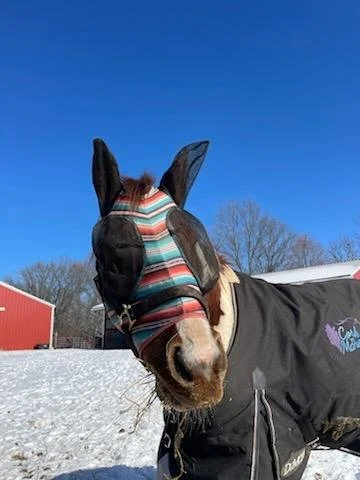Hoof Cleaning Mistakes That Damage Your Horse’s Feet

Proper hoof care is essential for maintaining your horse’s overall health and performance. However, common mistakes during hoof cleaning can lead to serious damage, discomfort, and long-term issues. This article explores the most frequent errors made during hoof cleaning and how to avoid them.
Common Hoof Cleaning Mistakes

| Mistake | Description | Consequences | How to Avoid |
|---|---|---|---|
| Using the Wrong Tools | Using inappropriate or dull tools can cause injury or incomplete cleaning. | Cuts, bruises, or missed debris | Use a proper hoof pick with a brush |
| Neglecting Regular Cleaning | Infrequent cleaning allows dirt and moisture to accumulate. | Thrush, infections, and hoof rot | Clean hooves daily or after every ride |
| Over-Cleaning or Aggressive Scraping | Excessive force can damage sensitive tissues inside the hoof. | Pain, bleeding, and structural damage | Be gentle and thorough without overdoing it |
| Ignoring Hoof Condition | Failing to check for cracks, punctures, or abnormalities during cleaning. | Undetected injuries worsen over time | Inspect hooves carefully each time |
| Poor Handling Technique | Improper lifting or holding of the hoof can stress the horse and handler. | Horse discomfort and potential injury | Learn correct hoof handling methods |
Step-by-Step Guide to Proper Hoof Cleaning

- Prepare your tools: Ensure your hoof pick is clean and in good condition.
- Secure your horse: Make sure your horse is calm and properly restrained.
- Lift the hoof carefully: Support the leg and lift the hoof gently.
- Remove debris: Use the hoof pick to clean from heel to toe, avoiding the sensitive frog area.
- Inspect the hoof: Look for signs of injury, infection, or abnormalities.
- Apply hoof conditioner if needed: To maintain moisture balance.
- Reward your horse: Positive reinforcement encourages cooperation.
FAQ
Q1: How often should I clean my horse’s hooves?
A: Ideally, hooves should be cleaned daily or at least after every ride to prevent buildup of dirt and moisture.
Q2: Can I use household tools for hoof cleaning?
A: No, household tools are often unsuitable and can cause injury. Always use tools designed specifically for hoof care.
Q3: What signs indicate a hoof problem?
A: Look for foul odor, swelling, heat, cracks, or lameness, which may require veterinary attention.
Q4: Is it harmful to clean the frog area?
A: The frog is sensitive; clean it gently without aggressive scraping to avoid damage.
Conclusion
Avoiding common hoof cleaning mistakes is crucial for your horse’s health and comfort. By using the right tools, cleaning regularly and gently, and inspecting hooves carefully, you can prevent many foot problems and ensure your horse stays happy and sound.
Would you like me to help improve the clarity or add more detailed care tips to this article? Here are some follow-up tasks you might consider:
- Add more detailed hoof care tips
- Expand the FAQ section
- Include common hoof diseases and prevention
